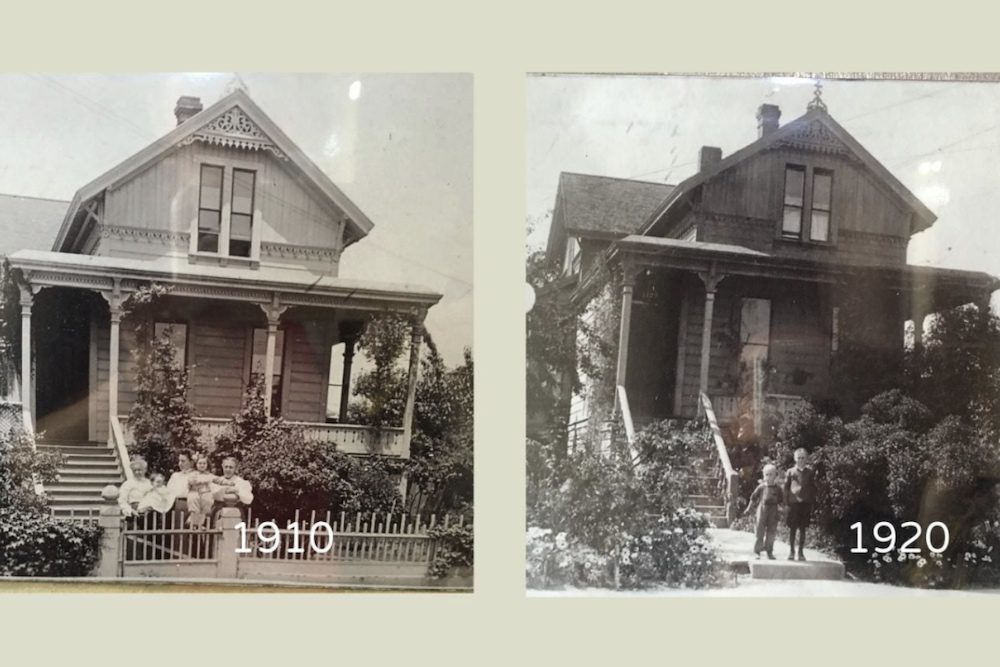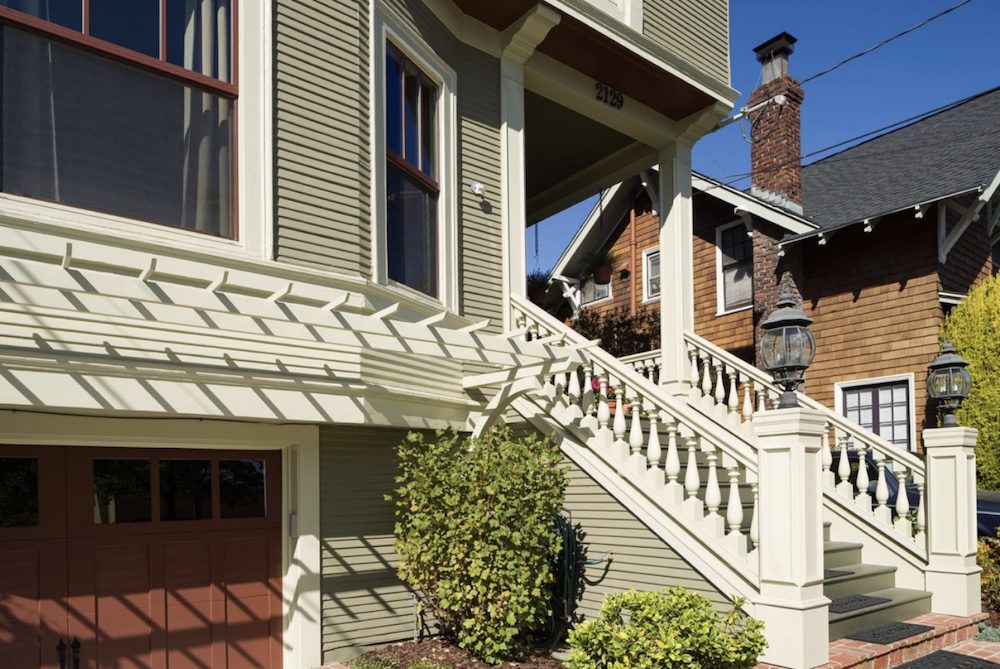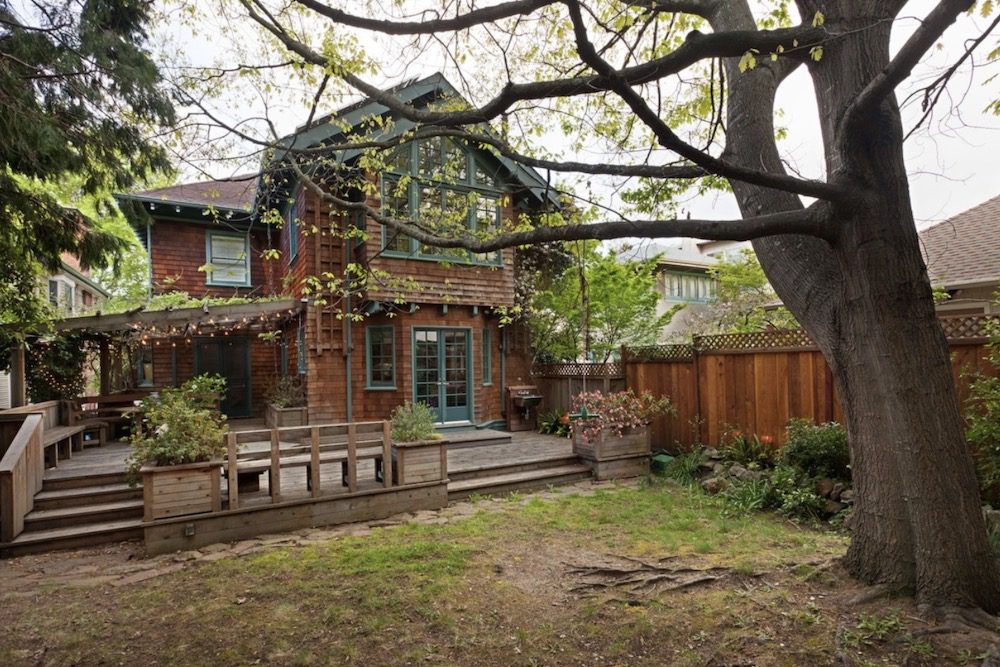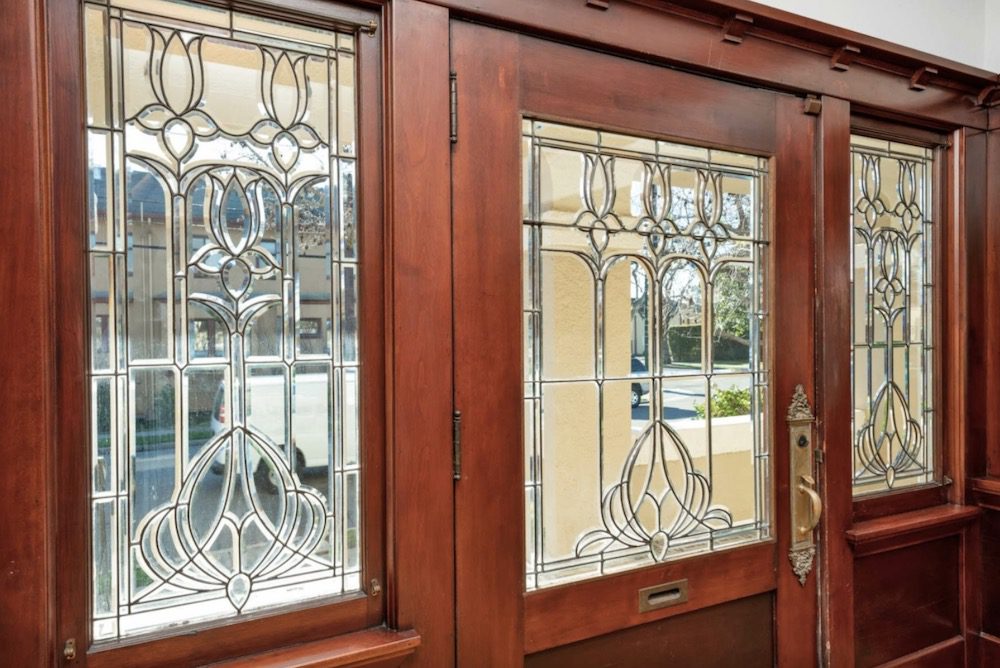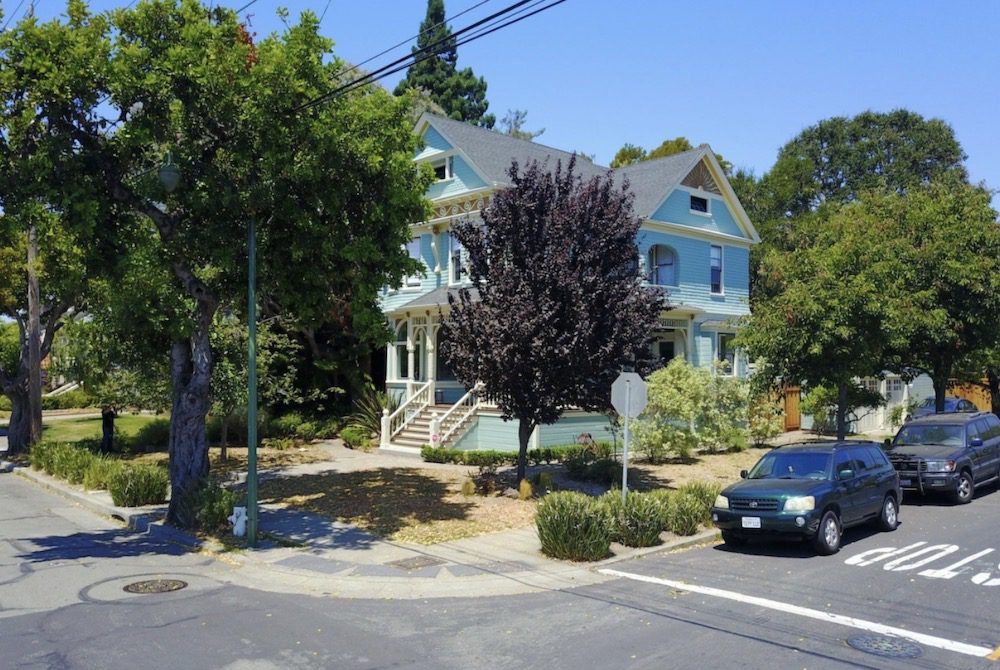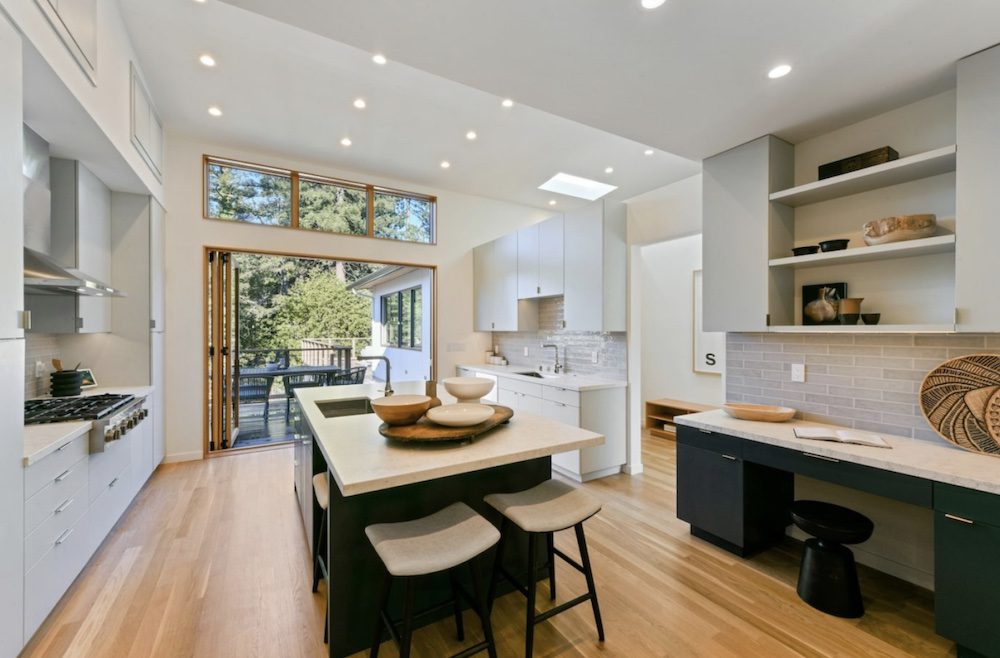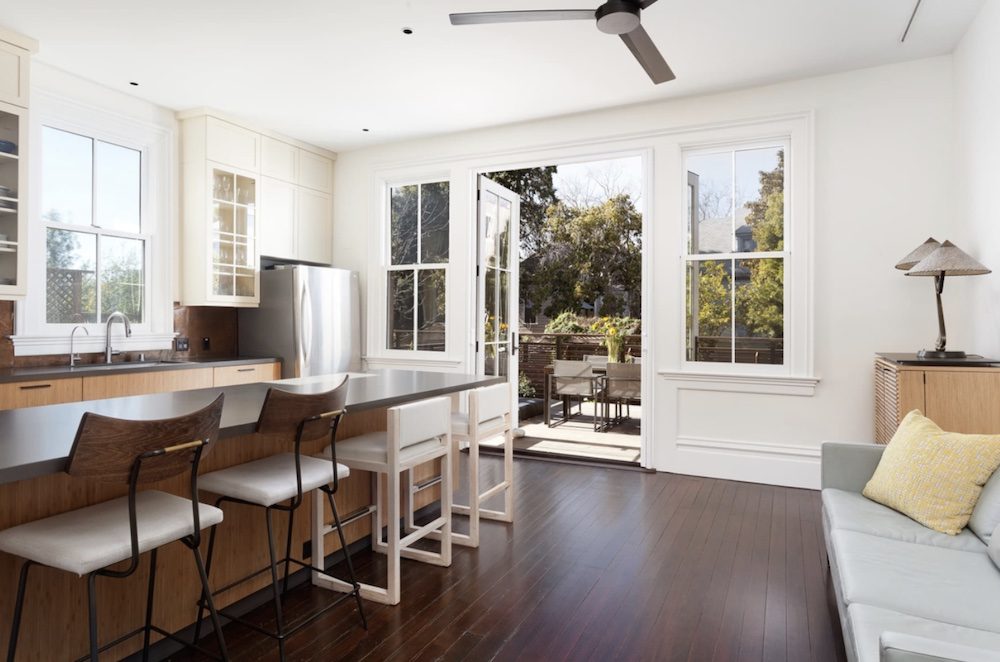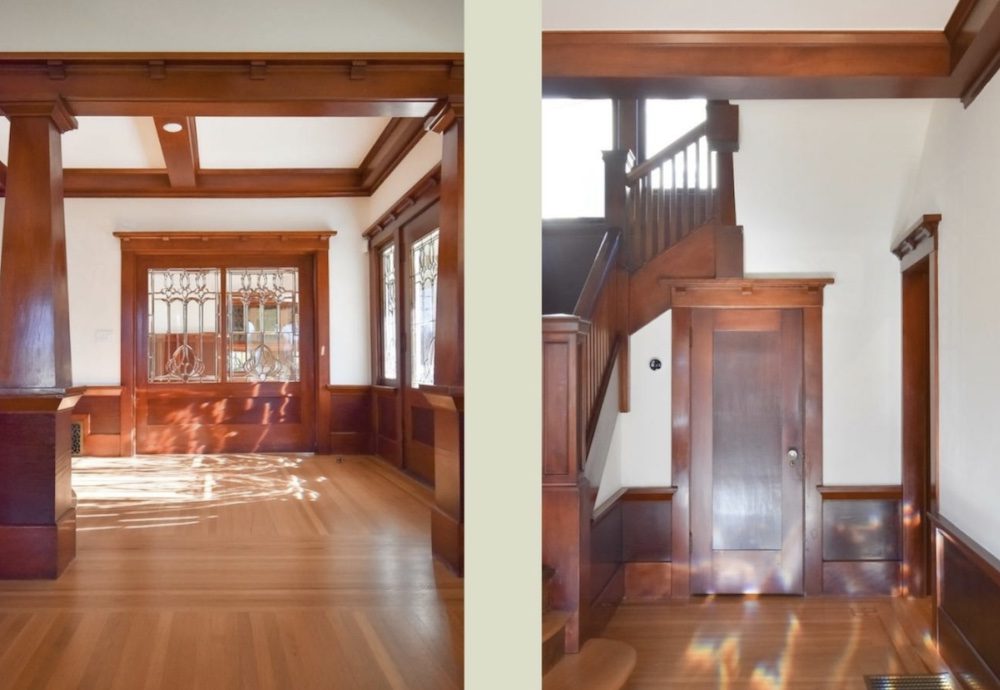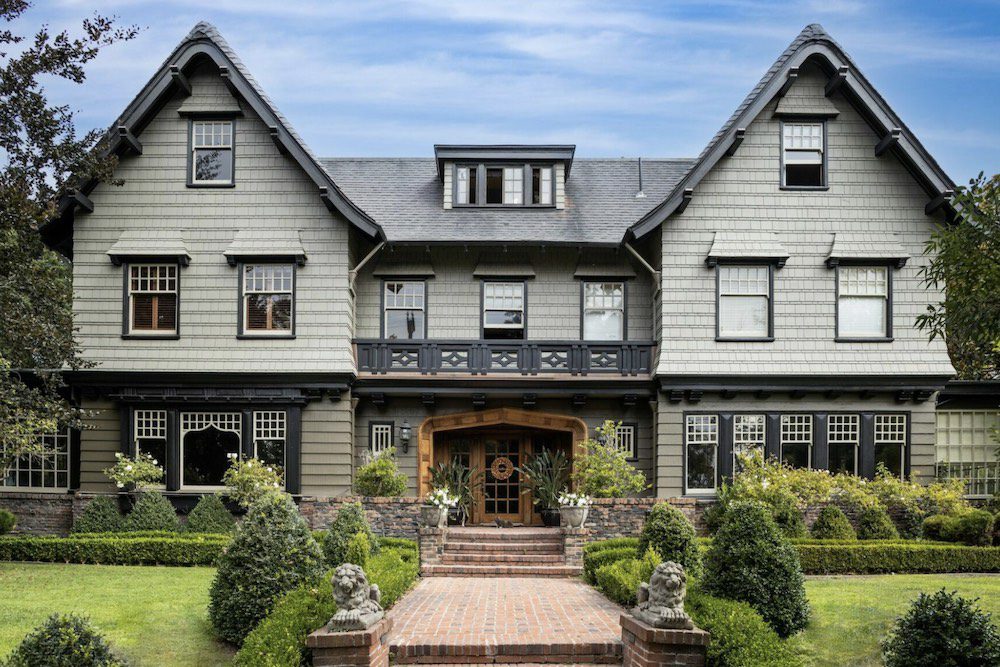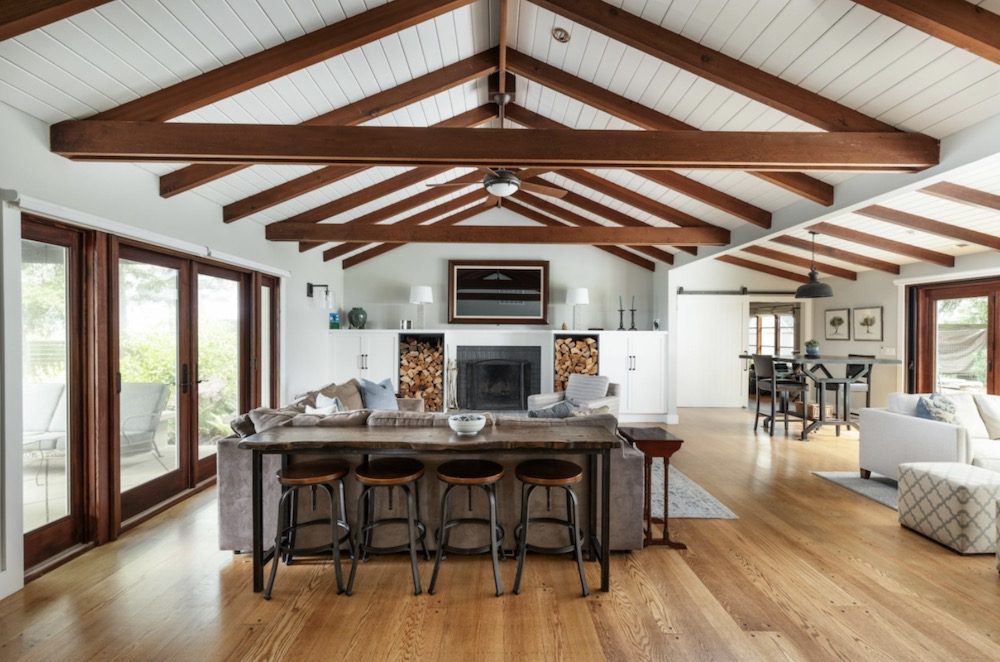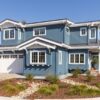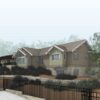Historic home architects serve a vital role by preserving architectural treasures as they direct complex renovation requirements. The City of Piedmont carefully protects its architectural heritage, aesthetic values, residential character and natural beauty through detailed planning requirements. However, homeowners who lack experience with restoring or modernizing historic properties will need to seek out expert guidance.
Expert preservation architects know they can refresh even the most damaged structures while keeping their original character, all while incorporating planning decisions that fit with the City of Piedmont General Plan. This design review process results in attractive, safe projects that blend with their local context.
Piedmont’s high-end real estate market commands premium property prices, and client expectations match these values. Homeowners need architects who can work with the planning department and handle neighbor concerns in close-knit communities effectively. The ideal preservation specialist combines technical expertise with the ability to direct unique social dynamics in these historic neighborhoods.
Understanding Piedmont’s historic preservation rules
Piedmont has one of the Bay Area’s most comprehensive historic preservation systems. The city protects its unique character through strict rules that safeguard architectural heritage while managing growth and change.
Overview of Piedmont’s design review process
The city uses a multi-layered approval system for design review. Homeowners need to submit detailed applications with site plans, elevations and materials specifications to the planning department. Changes to historic properties, even small ones, need extensive documentation and historical context statements. The typical steps include:
- Staff reviews the application’s completeness.
- Design review board reviews the plans.
- Public hearings let neighbors give input.
- Final approval comes with conditions.
The review process looks at how proposed changes affect the property’s original architectural integrity. This careful oversight gives Piedmont’s famous streetscapes the protection they deserve.
How zoning and setback rules affect historic homes
Historic home renovations in Piedmont face added complexity from zoning ordinances. Many older properties were built before today’s setback rules existed, which makes them legally non-conforming structures. This creates several challenges when expanding:
- One can’t expand non-conforming elements without variances.
- Side yard setbacks limit where additions can go.
- Height limits protect neighbors’ views and privacy.
- Floor area ratio (FAR) rules restrict how much one can expand.
Owners of historic homes often learn that their planned expansions need multiple variance requests, and each request requires solid justification and documentation. The city looks at these requests based on neighborhood compatibility and special circumstances.
Why historic homes face stricter scrutiny
Historic properties in Piedmont get extra attention for good reasons: These homes shape the city’s identity and beauty; yet, poor alterations can damage unique architectural features forever. The city looks at how changes affect Piedmont’s historic character overall. Original craftsmanship like leaded glass windows, detailed woodwork and decorative brackets gets special protection – using historically accurate materials and methods matters more than costs.
Historic preservation needs to balance homeowners’ wishes with the community’s interest in keeping Piedmont’s architectural heritage intact. Homeowners need an architect who is an expert in historic preservation to guide them through these complex requirements.
The architect’s role in navigating city planning
Getting through Piedmont’s planning process takes more than just standard architectural knowledge. Historic preservation architects provide great value as intermediaries between homeowners and city officials throughout this complex approval process.
Working with the planning commission and city staff
The best architects build strong professional relationships with Piedmont’s planning staff. These connections are vital when interpreting ordinances with nuanced requirements specific to historic properties. Architects who know Piedmont’s planning culture can frame proposals that strike a chord with commissioners’ preservation priorities.
Smart architects spot potential objections before formal submission. This forward-thinking approach allows adjustments that address concerns about historic character, neighborhood context and compliance with city guidelines. The architect then becomes the homeowner’s champion by explaining technical requirements in clear terms and turning homeowner wishes into language that city planning officials understand.
Preparing documentation and visual materials
A solid documentation package can make or break historic home projects. Piedmont’s planning department needs complete submissions that include detailed site plans, elevations from all angles, materials specifications and historical documentation to support proposed changes.
Good architects create compelling visual presentations to show how proposed modifications honor the home’s architectural heritage. These presentations typically include:
- Before-and-after renderings showing contextual neighborhood fit.
- Material samples demonstrating historical authenticity.
- Detailed drawings highlighting preservation of character-defining features.
Responding to neighbor objections and feedback
Neighbor concerns can substantially affect project approval in Piedmont’s tight-knit neighborhoods. Expert architects anticipate objections about privacy, views, construction disruption and perceived character changes. While handling these concerns requires diplomacy, architects must balance neighborhood feedback with their clients’ renovation goals.
Smart communication strategies include informal presentations with adjacent neighbors before formal hearings. This approach helps address concerns privately and incorporate reasonable adjustments. Notwithstanding that, the architect must defend historically appropriate design decisions even when neighbors unfamiliar with preservation principles push back.
Designing for both history and modern living
The restoration of historic Piedmont homes necessitates a careful balance – protecting architectural heritage while creating spaces that work for modern living. The best projects stay true to the original design while adding modern amenities that homeowners expect today.
Balancing original architecture with modern needs
Historic homes were built long before open floor plans, chef’s kitchens and primary suites became standard features. Expert architects know how to rearrange these spaces without losing character-defining elements. They redesign floor plans to make them more functional and protect original walls, windows and structural details.
Kitchen renovations can be tricky in historic homes: Keeping authentic elements creates kitchens that feel both modern and historically accurate. For example, architects working on older Victorian or Craftsman homes keep period moldings and trim while adding modern appliances seamlessly.
Integrating energy-efficient upgrades without altering character
Older homes often struggle with drafts, poor insulation and outdated mechanical systems. Energy improvements don’t need to harm architectural integrity. Studies by the Environmental Protection Agency (EPA) show that storm windows cut heat loss by up to 58% without significantly altering a home’s appearance. High-efficiency boilers reach 95% efficiency while working with existing radiator systems. Insulation offers another chance to make invisible improvements; smart architects choose breathable materials that keep historic walls dry.
Using historically accurate materials and methods
Material choice remains crucial in historic renovation. Skilled architects save and reuse original materials whenever possible, as these materials often last longer than mass-produced alternatives. When they need replacements, preservation experts find materials that match the original’s tone, texture and technique.
Piedmont’s luxury market benefits from architects who work with specialized craftspeople. These experts can recreate architectural details perfectly. Their ability to reproduce decorative brackets, match wood grain in trim and pick historically accurate paint colors separates true restorations from basic updates.
Choosing the right historic preservation specialist
Your choice of a historic preservation specialist for your Piedmont property is a crucial investment decision. The right architect with proper expertise will save time, money and protect your historic home’s character from irreversible damage.
Key questions to ask before hiring
Homeowners should ask about an architect’s specific experience with historic properties similar to their own. They should take the time to review the architect’s portfolio with extra focus on kitchen and bathroom renovations, which often create the biggest challenges. Potential architects should thoroughly explain their knowledge of different architectural styles and how they blend eco-friendly practices all while preserving historic elements.
Of course, it’s important to discuss fee structure upfront—whether the architect charges hourly, by square footage, as a percentage of construction costs or via stipulated sum. Homeowners should also ask potential architects about their project management style and how involved they stay during construction.
How architects cooperate with craftsmen and builders
The best historic renovations come from true partnerships between architects, trades and building professionals who share a commitment to excellence.
Most preservation architects build relationships with specialized craftspeople who can recreate architectural details. These artisans and experts bring unmatched beauty to restoration projects. An architect will help put together the right professionals and qualified contractors for a specific historic property. This team approach, often including engineers and landscape architects, will contribute toward a complete preservation of a home’s character.
Conclusion
Renovating a historic Piedmont home brings unique challenges that are way beyond the reach and influence of regular renovation projects. Working with experienced preservation architects gives homeowners valuable allies to navigate the city’s strict approval processes, as these specialists know how to maintain architectural heritage and meet modern lifestyle needs.
Successful historic renovations across Piedmont’s elegant neighborhoods share some key features. They protect original design elements that make the city’s streetscapes special. On top of that, they add modern amenities and energy-efficient upgrades without losing historical value.
This delicate balance needs specialized knowledge that preservation-focused architects bring to the table.
A preservation architect plays many vital roles during the renovation experience, and picking a professional who knows Piedmont gives the homeowner the most important advantages. Local architects understand neighborhood patterns and have strong ties with planning officials. They can spot potential issues before submission, which saves time and helps avoid getting pricey changes later.
Preservation architects also build teams of craftspeople who understand historic building methods and materials. These skilled artisans create authentic architectural details that mass-produced options can’t match. Their work protects Piedmont’s architectural legacy and keeps homes livable for future generations.
Homeowners who want to start a historic renovation need to research carefully when picking an architect. They should take the time to look at their work on similar historic properties, talk to past clients and learn about their Piedmont planning experience. Pick someone who shows real enthusiasm for historic preservation and has technical skills.
Piedmont’s architectural heritage stands as a wealth of community value that deserves careful protection. Homeowners who choose proper preservation protect their property’s value and enhance the city’s unique character. Expert preservation architects help historic homes tell their stories while serving modern families in these sought-after neighborhoods.
Key Takeaways
Historic Piedmont homes require specialized architectural expertise to navigate complex preservation rules while creating functional modern living spaces.
- Piedmont’s rigorous design review process demands architects who understand local planning requirements and can effectively communicate with city officials and neighbors.
- Successful historic renovations balance original character preservation with modern amenities through careful material selection and invisible energy-efficient upgrades.
- Choose architects with specific Piedmont experience, verified portfolios of similar historic projects and established relationships with specialized craftspeople.
- Local preservation specialists save time and money by anticipating planning objections and assembling qualified teams familiar with historic construction methods.
The right preservation architect serves as an advocate throughout the approval process, ensuring a historic home renovation honors Piedmont’s architectural heritage while meeting contemporary lifestyle needs. This investment protects both the property value and contributes to the community’s distinctive character.
Contact Saikley Architects
